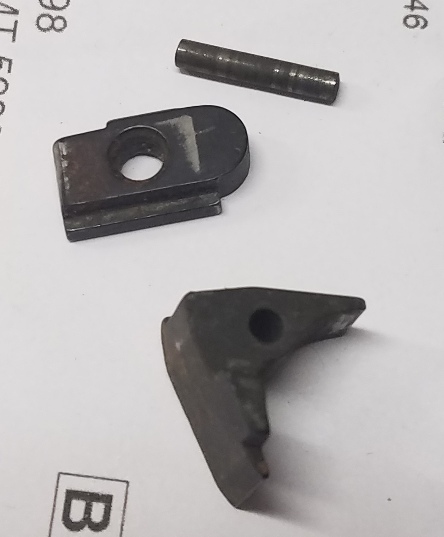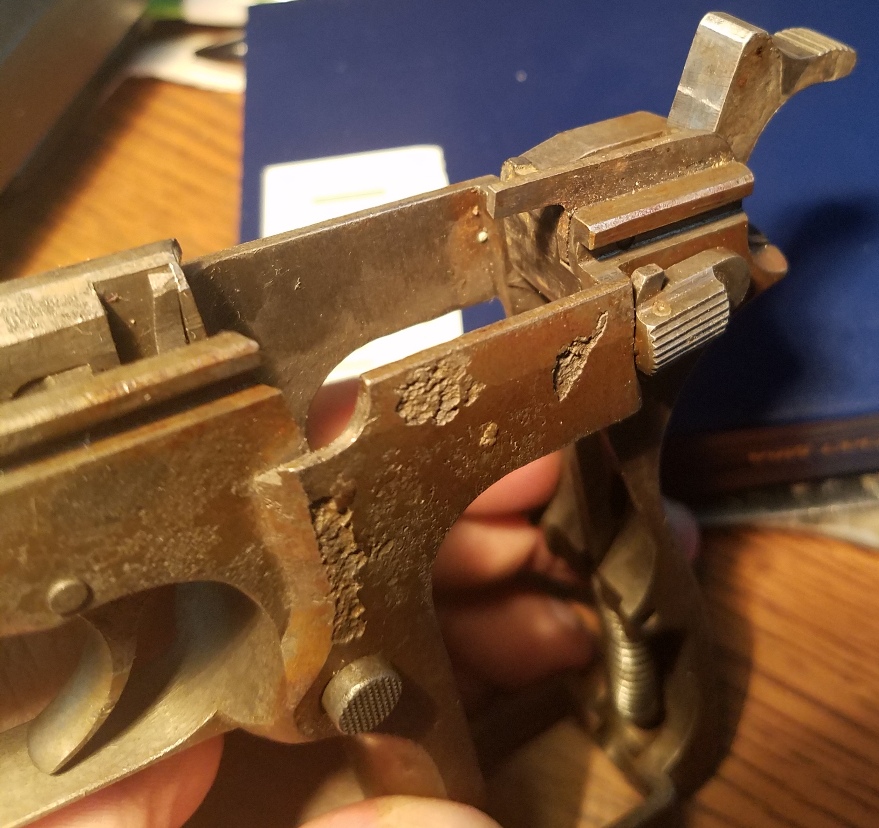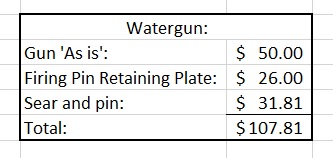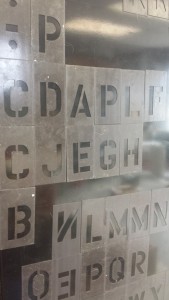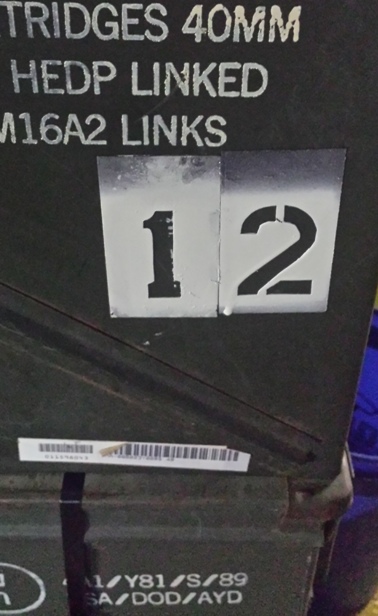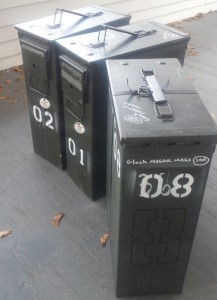A few years back I picked up a heat-sealer and a supply of heavy-duty mylar pouches. The goal was to use them to store small first aid items in a protective package that would be impervious to dirt, moisture, etc. (Links are still good in that post, so if you want your own sealer and bags go hit those links.)
SO, I went through my extensive piles of first aid supplies and pulled out the basics, loaded them into a mylar bag, and sealed them up. This was, ostensibly, for me to basically throw under the seat in the vehicle.
At some point, I needed to clean out the accumulated detritus in the vehicle and loaded all the loose items that were kicking around (water bottles, pens, loose ammo, maps, e-tool, etc.) into a milk crate and kept that milk crate in the vehicle. One day, I needed to maximize the space in the vehicle so I pulled out the milk crate and tucked it away in a corner of the yard while I did what needed doing. And then forgot about it. That was two years ago.
So, I was straightening things up and found this mylar pouch of first aid supplies that had been sitting out in the elements – snow, rain,sun, heat, cold – for two years…completely unprotected. Seems like a good opportunity to see how it held up.

Two years in the sun, rain, snow, heat, and cold of Western Montana. Dusty, but otherwise undamaged.
Unfortunately, I loaned my heat sealer to someone last year and despite my occasional requests for it back they’ve not returned it, so unless they get a sudden dose of responsibility I’m probably going to have to order another one. I still have a goodly supply of pouches and the evidence seems to show that they are very good at protecting important items from the elements. In addition to the obvious things like a bit of first aid supplies, small objects that need to stay clean and dry would be suitable candidates….small electronics like radios and such spring to mind.
I rather like the convenience of having several of these pouches sitting in a bin in storage and I can just grab one and throw it in a pack or bag if I’m going somewhere. And when you buy the stuff in bulk like I do, it’s ridiculously cheap to put one of these together. Cheap enough to the point that I can just give them away to friends and like minded individuals, keep on e in every bag, stash a bunch at some offsite location, etc. Of course, if you’re willing to pop for the larger size pouches you can put together some extensive kits.
By the by, these pouches are the resealable kind…so once open, the contents can be put back inside and the bag ‘zipped’ closed. But if you really wanna go the suspender-n-belt route you could easily stuff a ziploc bag in there to perform the same function.





